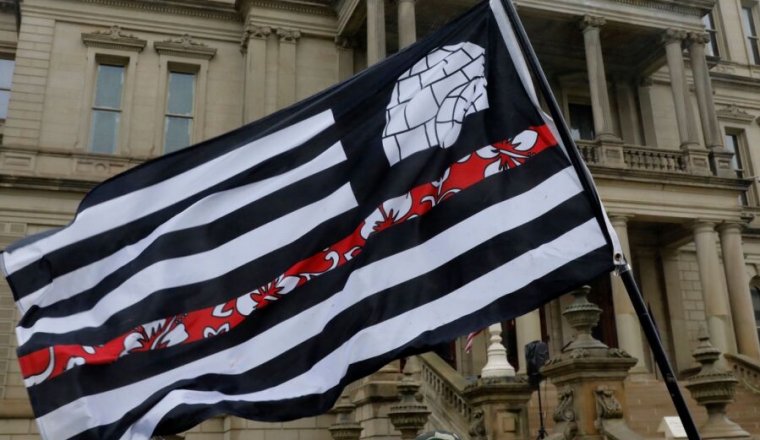
Enlarge / Scientists have used the data from Gaia to track the location and motion of stars in our galaxy. (credit: ESA/Gaia/DPAC)
Galaxies like the Milky Way are thought to have been built through a series of mergers, drawing in smaller galaxies and clusters of stars and making these foreign stars their own. In some cases, the mergers were recent enough that we can still detect the formerly independent object as a cluster of stars orbiting the Milky Way together. But, as time goes on, interactions with the rest of the stars in the Milky Way will slowly disrupt any structures the cluster incorporates.
So it’s a bit of a surprise that researchers found what appear to be the remains of a globular cluster composed of some of the oldest stars around. The finding is consistent with a “growth through merger” model of galaxy construction, but it raises questions about how the cluster stayed intact for as long as it did.
Data-mining Gaia
The results started with an analysis of data from the ESA’s Gaia mission, which set out to do nothing less than map the Milky Way in three dimensions. Gaia imaged roughly a billion objects dozens of times, enough to estimate both their location and their motion around the Milky Way’s core. This map has helped scientists identify structures within our galaxy based on the fact that there are some groups of stars that are not only physically close to each other, but all moving in the same direction.
자동 포스팅하고자 하는 타겟 사이트 유형 및 각 게시글별 메인 이미지, 콘텐츠 길이(Full Text), 출처 여부 등의 표시 형식 등은 운영자가 자유롭게 설정할 수 있습니다. (구체적인 설정 방법은 함께 제공되는 사용 가이드에 자세히 설명되어 있습니다.)
원하는 특정 콘텐츠(텍스트, 이미지 등)가 조건에 따라 자동 변환되도록, 운영자가 자유롭게 설정할 수 있습니다.
테마를 변경해도, 제휴 마케팅 상품 데이터 및 블로그 게시글 자동 포스팅 기능은 그대로 유지됩니다.









![E3 makes months-in-advance call to skip convention hall in 2022, go “virtual” [Updated]](https://cdn.arstechnica.net/wp-content/uploads/2022/01/e3-2022-gloves-800x450.jpg)

